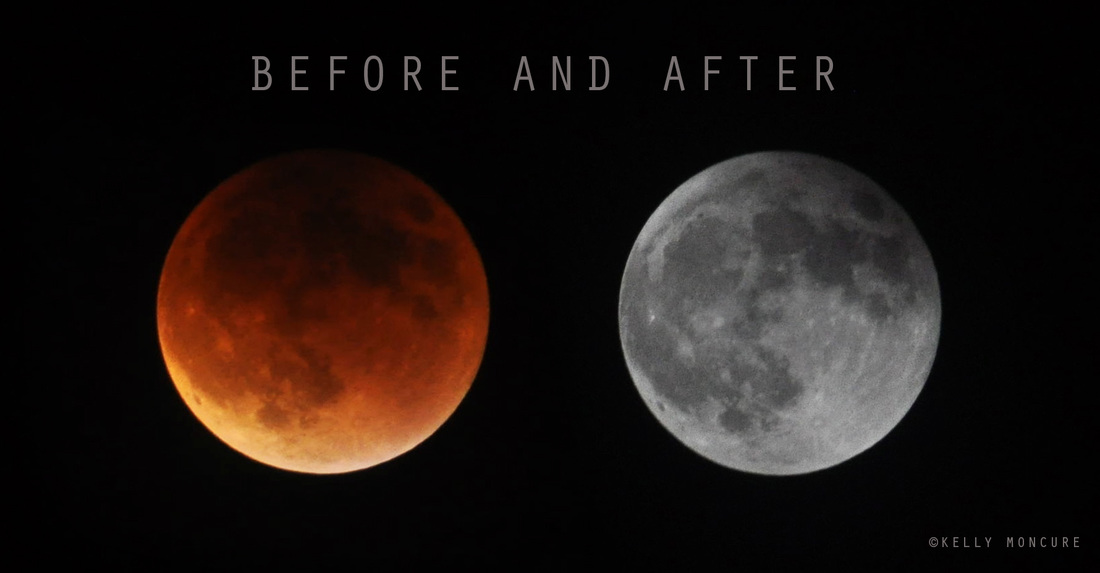a. make sure your google presentation has a link on your website
b. your five images that you created in your artists' style is on your website underneath your link
c. your five images are in the common drive in rbv-class1 > 231Common > period# > Artist Mentor folder as lastname-firstname-artistsname1.jpg, lastname-firstname-artistlastname2.jpg, etc
Once you're done with the above, you may read one of the articles from Life or try your hand at one of the tutorials listed under your resources page : )

 RSS Feed
RSS Feed
